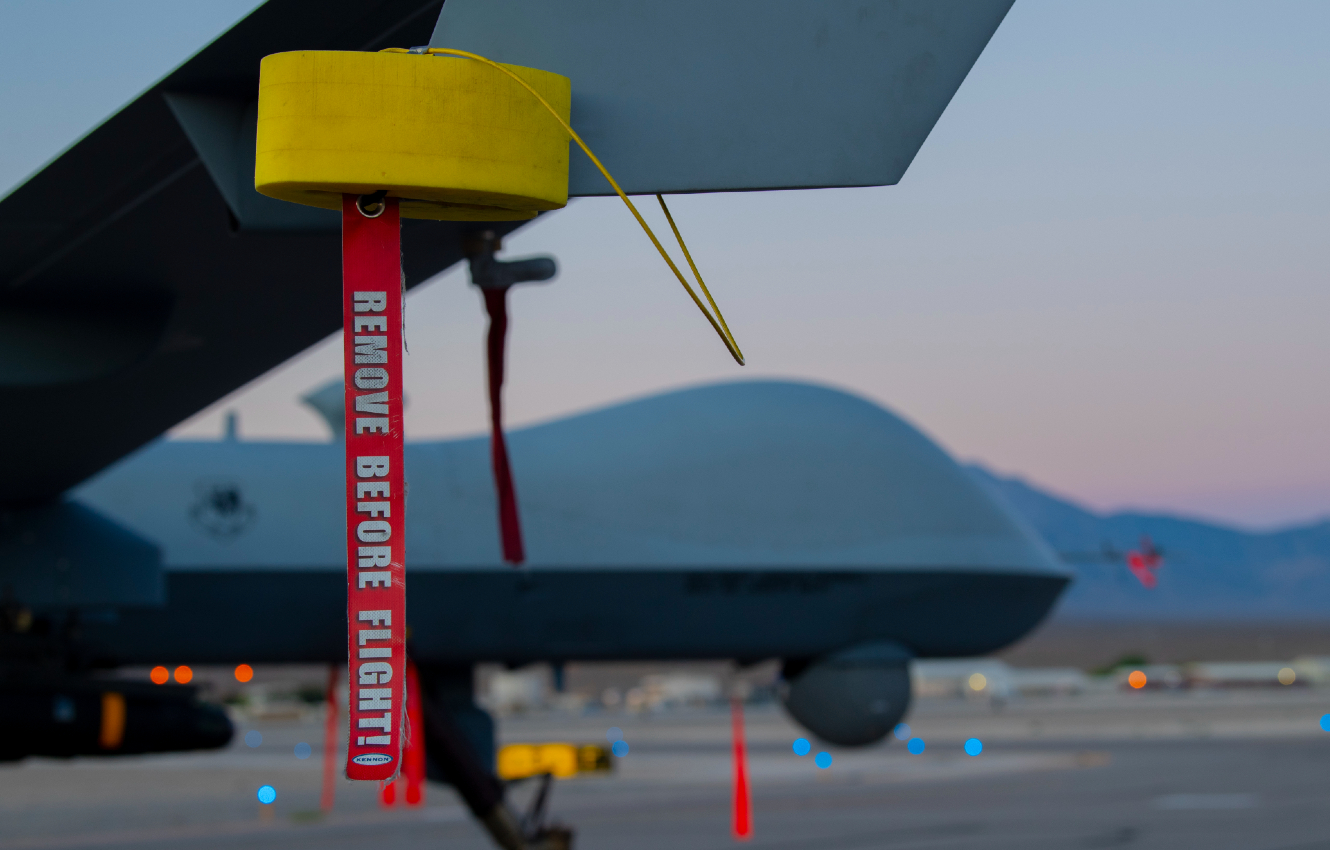- Reaction score
- 18,668
- Points
- 1,280
In the U.S. air campaign to capture Raqqa, 20 percent of the munitions deployed came from remotely piloted aircraft. Yet almost all these remote flights were planned, tasked, and executed as intelligence collection missions. Despite its growing reliance on MQ-1 Predator and MQ-9 Reaper drones in combat, the U.S. military has no specific employment doctrine for these platforms. Airstrikes from unmanned assets, even when pre-planned, are executed as ad hoc events outside the traditional attack planning process. While U.S. forces were able to operate this way and be successful in counter-terrorism operations, a force employment model where one-fifth of munitions are unplanned and untasked is not sustainable in more complex warfare. As the United States pivots from counter-terrorism to more advanced adversaries, it has updated both the intelligence capability and the firepower of its aircraft. But the procedures for how to plan and task operations have remained static.
In my own experience as an MQ-9 pilot over the past five years, I have repeatedly seen the limitations of treating vital combat assets as if they were simply intelligence gathering platforms. From the MQ-9, I have employed over 40 missiles and bombs, including “danger close” strikes defending American troops. All but one of those was an unplanned re-tasking of a mission flown for intelligence collection. Using intelligence channels to task armed aircraft makes it difficult to effectively prioritize, request, arm, or evaluate strikes. So far, the United States has successfully muddled through with this outdated approach. Against a near-peer threat, however, this will not be possible. A better method for planning and programming remotely piloted sorties is urgently needed.

Hellfires Wanted: It’s Time to Start Tasking Armed Drones as Combat Aircraft - War on the Rocks
In the U.S. air campaign to capture Raqqa, 20 percent of the munitions deployed came from remotely piloted aircraft. Yet almost all these remote flights
warontherocks.com



